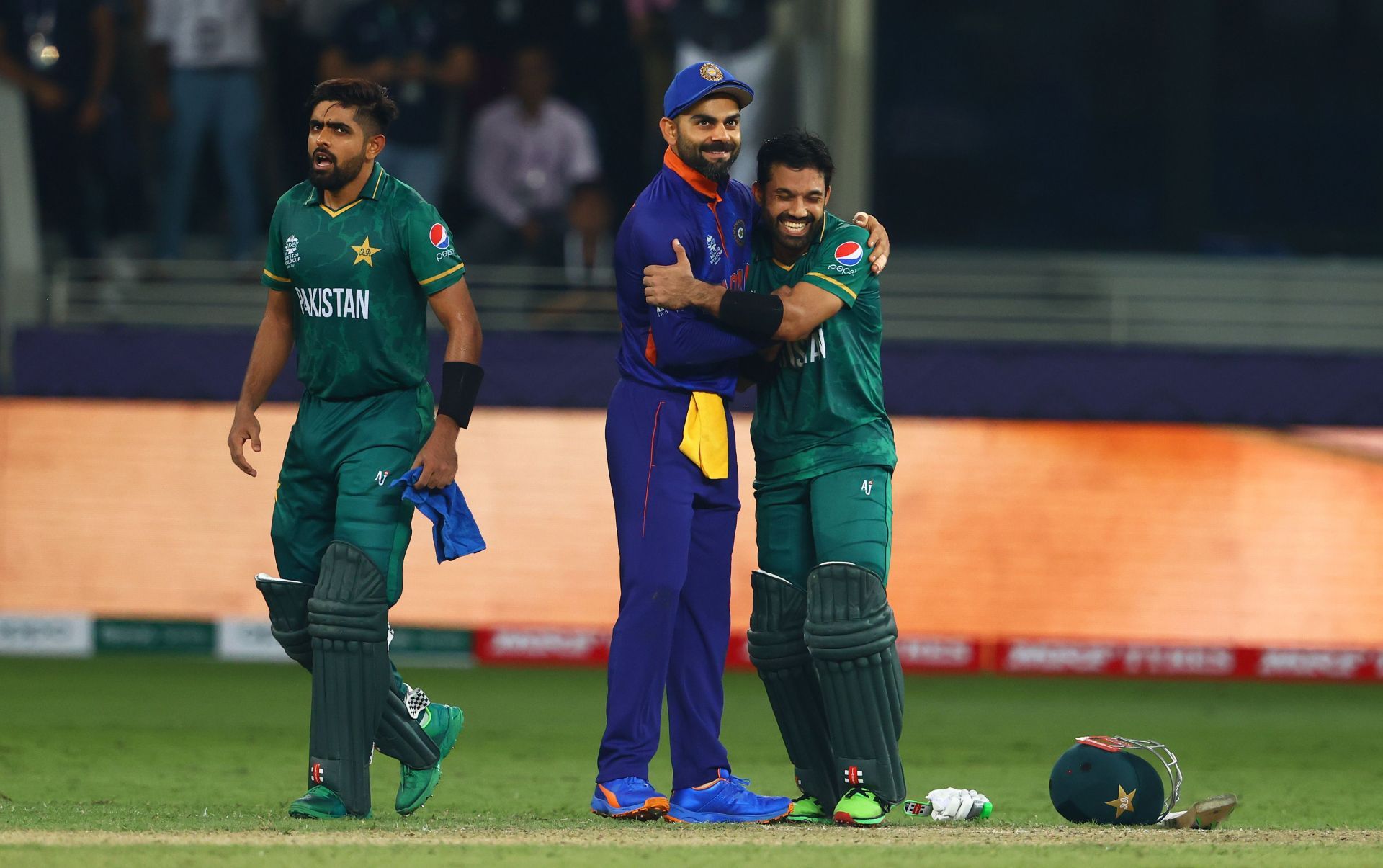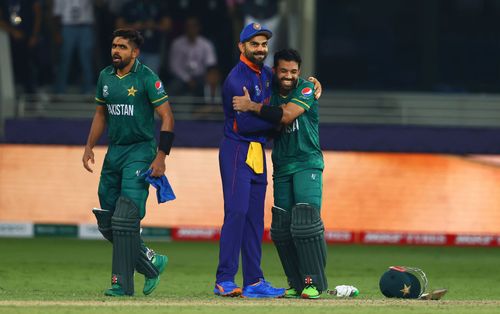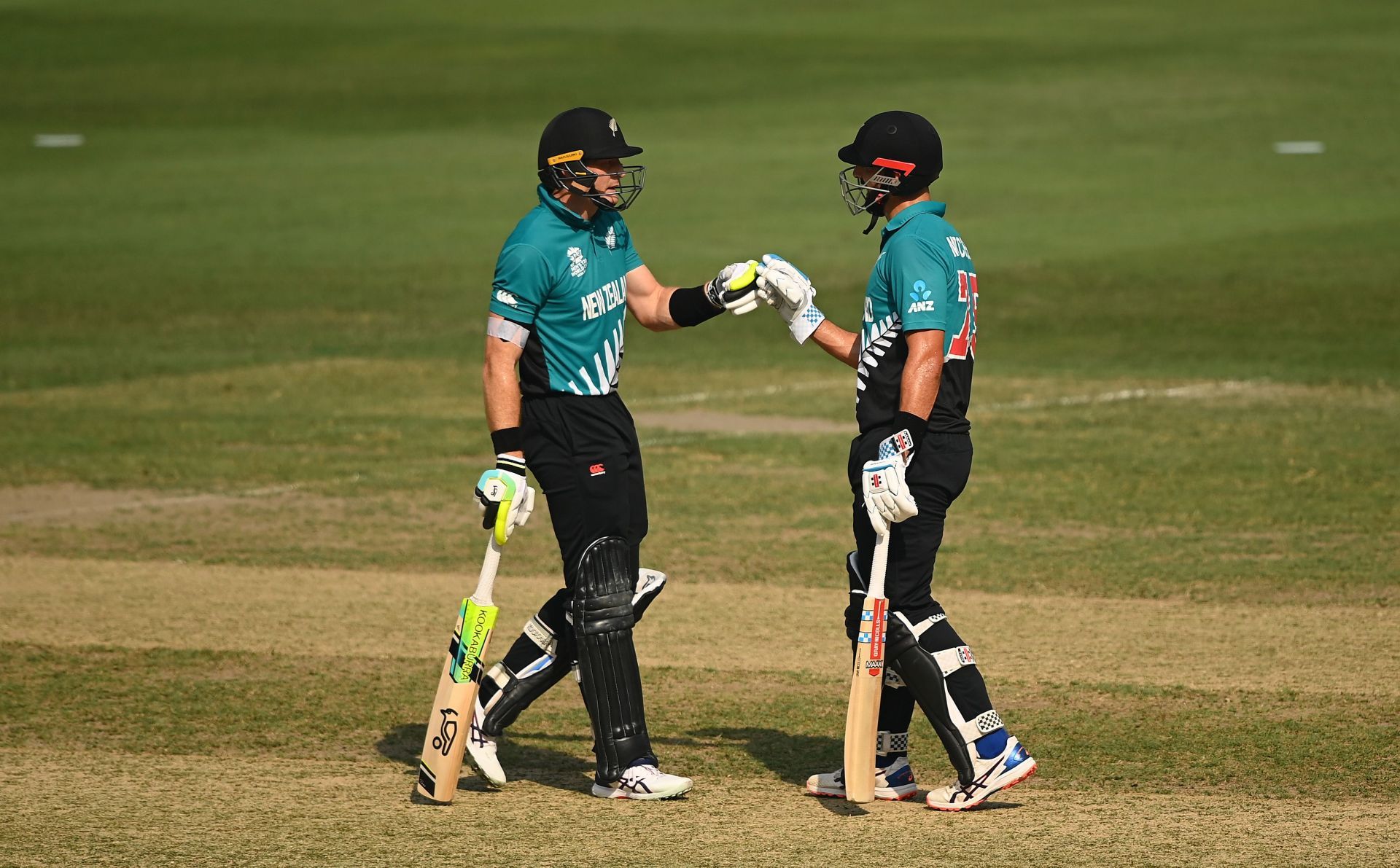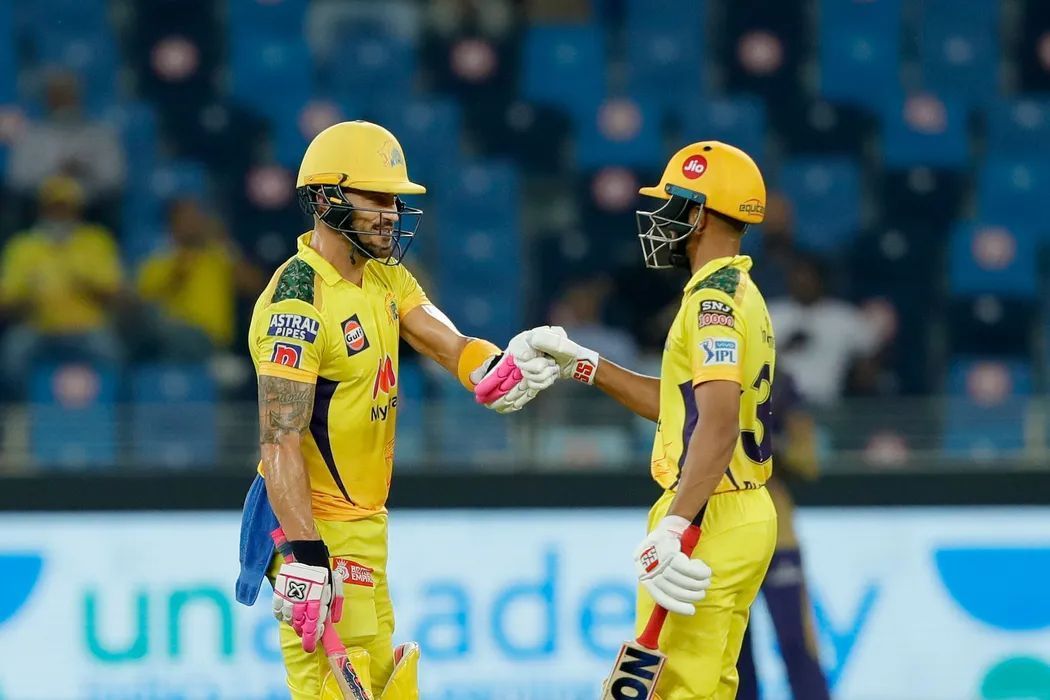
How important are openers in T20 cricket?

There is a school of thought among cricket fans that T20s can no longer be considered as just another format of cricket. That T20s should be considered an entirely different sport, rather than be seen as a 20-over format of the ODI game.
ODIs as a single-day avatar of the Test format doesn't carry over when we do the same to T20s. Because T20s are more than just a reduction in overs. They are so different that the only thing they have in common with the two other formats is that there are 11 players in each team and a similar ball to play with.
At the beginning, that argument sounds rather snobby and a complaint by old-timers so used to Tests that they cannot extend that perspective to T20s. It sounds like an argument made by elitists who think Tests are the 'only pure way to play cricket', and everything else is an abomination.
I have always thought that was the case. Well, until now.
I still think T20s are as much a format of cricket as Tests and ODIs. But they are also so different that they could be an entirely different game. They should be considered an entirely different game. Here's why:
How did openers fare at the T20 World Cup 2021?

It starts right at the top. Okay, it starts even before that because T20s are the only format where DJs exist in the game. That's arguably the worst thing to happen to the game since ODIs started allowing two new balls from the beginning.
Anyway, I digress. Here is a list of the ten highest scorers from the recently concluded ICC T20 World Cup 2021:
Barring Asalanka, Wiese and Williamson, everyone else in the list is an opener.
The seven openers faced an average of 190 balls in total. Individually, they faced between 21 (Daryl Mitchell) to 40 balls every game (Babar Azam). That is on average, of course, so some matches they get out before that, and some matches they stay out there for longer.
The highest strike rate belongs to Jos Buttler, while the slowest belongs to Azam. That brings us to our scenarios:
The best-case scenario: Jos Buttler hanging around for his average of 29 balls per game. That gives the team 43 runs in five overs. An economy of almost nine in the powerplays? Teams will take that any day.
The worst-case scenario is Babar Azam sticking around for his 40 balls per game. That would only give his team 50 runs in 6.4 overs. An economy of 7.2 would be almost pedestrian in the powerplays.
Then, there are cases like Pakistan and New Zealand, where both openers belong in this list. Azam and Rizwan both hang around the longest, and they both have strike rates of just above 125. Meaning if none of them get out, the team scores 97 runs in 13 overs.
Both openers accumulate a lot of runs, but unfortunately, they both do it at less than an alarming rate. So while they give a good platform for the team, they also leave the other batters a lot to do at the end.
In contrast, Guptill and Daryl Mitchell hang around the shortest - a combined 45 balls on average. But in those 7.3 overs, they do manage to get around 59 overs. That also explains why Kane Williamson has faced as many balls as he has - because he gets to the crease sooner than most No.3 batters.
In case of England and Australia, because Buttler and Warner score so many runs at such a quick rate it means two things: either the second opener can take it slow or even if they get out, it doesn't matter much.
Sri Lanka's case is different. Nishanka scores many runs, but he does that very slowly. So the other opener is always under pressure to score quickly or risk a poor powerplay score for the team.
How did openers fare in IPL 2021?

Like any good scientifc study, one cannot infer much from just one tournament (T20 World Cup 2021). There needs to be another T20 tournament that is preferably much longer, to have a better sample size.
Enter, the Indian Premier League. Here are the top ten batters from IPL 2021:
Once again, all are opening batters except three - Sanju Samson, Rishabh Pant and Glenn Maxwell.
Here, the best case scenario would be Shaw hanging around for his average of 20 balls per game and scoring 32 off them. But the worst-case scenario would be Dhawan hanging around for 30 balls and scoring only 36.
Luckily for Delhi Capitals, they both play together, and the combination works. Shaw goes for the attack, while Dhawan lays the foundation, and both of them score tons of runs.
For the eventual champions Chennai Super Kings, their openers scored at a fairly decent (and similar) strike rate and stuck around for roughly the same time: 78 odd runs in 9.3 overs. But that also means they departed quickly in succession.
Same is the case for the Punjab Kings, with the difference being that CSK had a functional middle order to capitalise on the start by their openers.
That also brings to light one of the problems in the IPL: it is always the openers who almost always shine, as they are guaranteed to have the most balls to face. That explains why India have an abundance of openers waiting on the sidelines, but virtually no new middle-order T20 batter emerging in the last few years.
The verdict
As seen in the World Cup list, every team entering the semi-finals had at least one opener in the top-scorers' list. Same in the IPL, with the exception of RCB. There is simply no way to win a tournament if your openers aren't up and firing.
Openers can make or break any game of cricket, but that is more pronounced in T20 cricket than in any other format of the game. Having a long batting lineup helps, but it is not as important as having a solid opening pair at the very top.
More important than two openers who can score a lot is having at least one opener who can score briskly. There is nothing worse in T20 cricket than having two openers who score a lot, but accumulate their runs too slowly.
